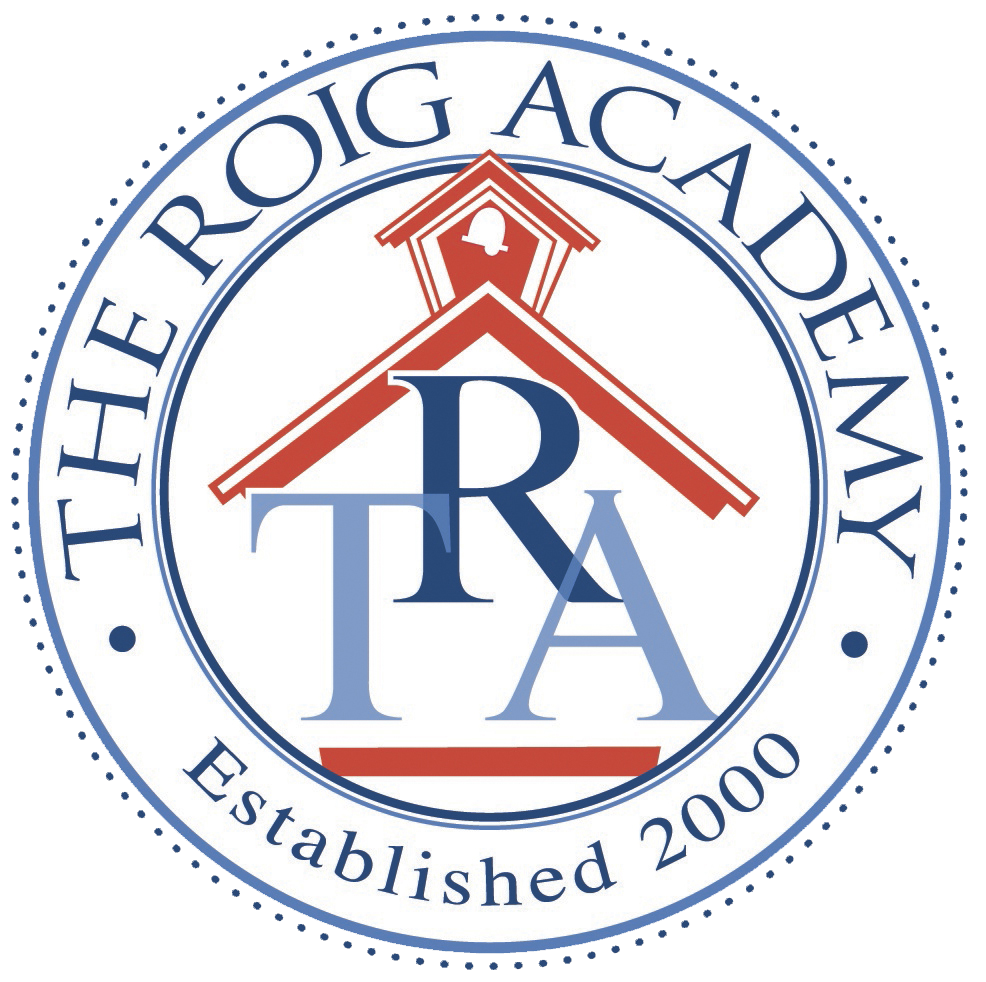The learning difficulty known as dyslexia was first given a name in the late 1800s. Since then, researchers have continued to study the condition and investigate its causes. However, separating fact from fiction when discussing dyslexia remains a challenge.
In the past, people often mistook correlation for causation or assumed that if one person with dyslexia had certain characteristics the same would be true for every other person with dyslexia.
But, like many other specific learning difficulties, the label dyslexia is descriptive, not diagnostic.
What does this mean?
It means that when we say someone has dyslexia or is dyslexic, we are saying that they present some of the symptoms associated with the condition. The individual may experience learning challenges related to reading, writing, spelling, or speaking. However, the label dyslexia alone does not identify the exact challenge that the individual faces, the severity of those challenges, or their cause.
Fact: Dyslexia is a descriptive term for a language-based learning disorder that encompasses a cluster of symptoms. Not every person with dyslexia will experience all of these symptoms or to the same degree of severity.
To add further confusion, not every difficulty related to reading, writing, spelling, or speaking is caused by dyslexia. In some cases, improper instruction, a physical limitation, or other neurological condition may be the reason behind someone’s language difficulty.
Additionally, an individual may sometimes experience overlapping symptoms of more than one neuro-cognitive condition. A child may have both dyslexia and attention deficit disorder (ADD) or another condition that affects his or her ability to learn effectively.
When assessing whether an individual has dyslexia, evaluators must consider these other potential factors as well.
Fact: Not all language-processing difficulties are categorized as dyslexia. Dyslexia may be present as a comorbid or coexisting condition.
What are some other important facts that you should know about dyslexia?
First, you should know that as much as twenty percent of the population experiences some level of dyslexia. The condition exists on a spectrum from mild to severe. Not everyone with dyslexia is eligible for public-funded intervention. Sometimes the individual’s learning challenges aren’t severe enough to qualify for interventions. In other instances, the condition may go undetected.
Nonetheless, dyslexia remains the most common learning difficulty for which services are provided.
Next, you may have read or heard that people with dyslexia reverse letters or numbers or engage in what is known as mirror writing. But the truth is, many young children exhibit these behaviors as they begin to develop their reading and writing skills.
The symptoms of dyslexia include a range of phonological and language-related difficulties. Dyslexia at its root is a processing disorder. Symbols and sounds are not correctly associated by the brain. This situation prevents young learners with dyslexia from developing the phonological foundation upon which reading, writing, spelling, and speaking are based.
You may also have been told that someone with dyslexia will never be able to read. This isn’t true. Dyslexia is a lifelong condition, and in severe cases, a person’s ability to read may be limited. However, for most individuals with dyslexia, its effects can be minimized through appropriate interventions and accommodations.
Finally, please understand that dyslexia has nothing to do with intelligence or motivation. Children at all intellectual levels may have dyslexia. And children or adults who avoid language tasks such as reading or writing due to their dyslexia are not lazy. In fact, they are often working very hard to compensate for the mental load that their dyslexia brings.
Freed from the weight of their learning challenge, these individuals can accomplish amazing goals.
How Does the Orton-Gillingham instructional program free students from the weight of dyslexia?
Despite the variety of symptoms and levels of severity associated with dyslexia, there are certain teaching methods and interventions that are particularly effective when addressing the challenges posed by the condition.
Foremost among the recommendations for dyslexia interventions is to provide students with a multisensory approach to learning. Using multisensory instruction, students interact with letters, words, and sounds using touch, hearing, and sight. This approach is a core component of the Orton-Gillingham methodology and provides students with opportunities to learn by using their strengths while also allowing them to exercise their weaknesses.
An equally important component of instruction for students with dyslexia is to provide small doses of information in a structured manner reinforced through repetition. When a child has difficulty processing information, presenting it in large chunks can be overwhelming. The Orton- Gillingham instructional approach presents discrete segments of information in a logical sequence and allows students to review and build upon past knowledge.
Presented in one-on-one or small group settings by well-trained instructors, Orton-Gillingham techniques focus on addressing the needs of the individual student. Children are allowed to learn at a pace that doesn’t overwhelm them and allows them to experience success.
Can The Roig Academy help your dyslexic child?
By combining an experienced instructor with a scientifically backed program that instructs and builds our students’ self-esteem, The Roig Academy has seen remarkable results. If you would like to learn more about our programs and how we approach instructing through dyslexia, please give us a call. Our goal is to encourage every student to become a curious learner!
References:
Dyslexia Basics, International Dyslexia Association
Dyslexia FAQ, The Yale Center For Dyslexia & Creativity
The Parents’ Guide to Specific Learning Difficulties: Information, Advice and Practical Tips, Veronica Bidwell (2016)
Debunking the Myths about Dyslexia, Dyslexia Help, University of Michigan
What is the Orton-Gillingham Approach, Academy of Orton-Gillingham Practitioners and Educators
Let’s get to know each other!
You can also contact admissions at 305-235-1313.

